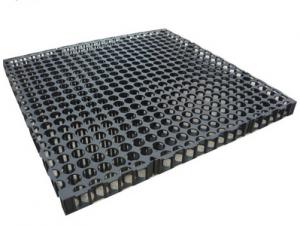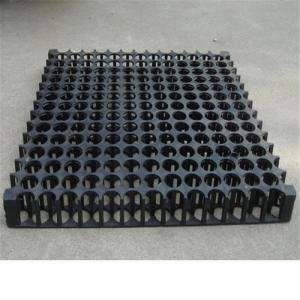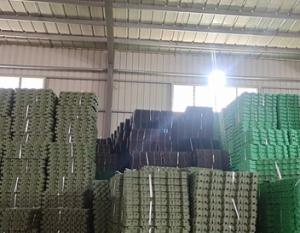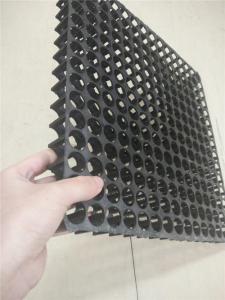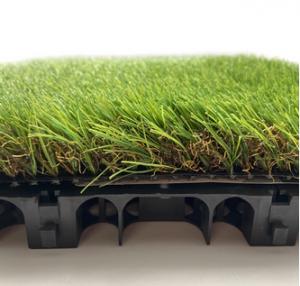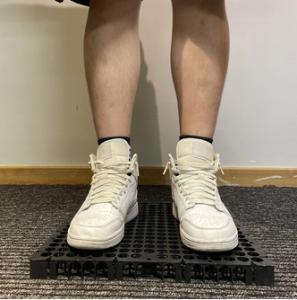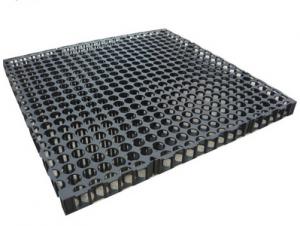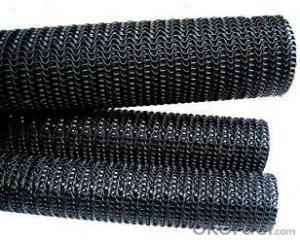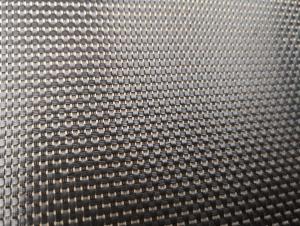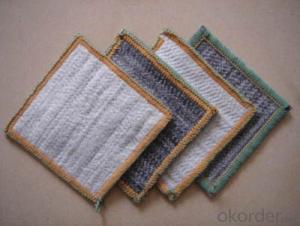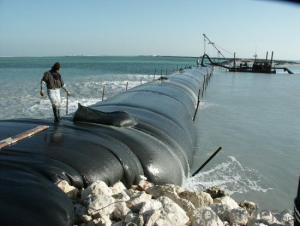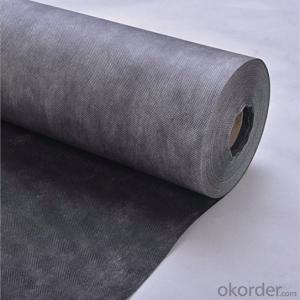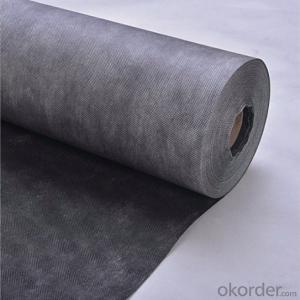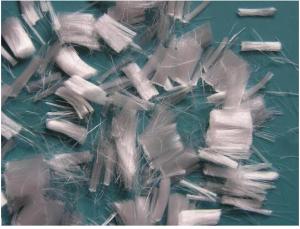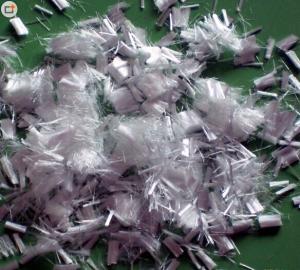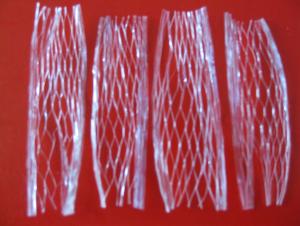Roofing Garden Plastic Drainage Cell Water Filter Board Drainage board
- Loading Port:
- Tianjin
- Payment Terms:
- TT or LC
- Min Order Qty:
- 5000 m²
- Supply Capability:
- 100000 m²/month
OKorder Service Pledge
OKorder Financial Service
You Might Also Like
Roofing Garden Plastic Drainage Cell
1. Introduction
Drainage board is made of polystyrene(HIPS)or polyethylene (HDPE)plastic plate made after punching cone penetration units or add major features editor Conductivity water drainage Drainage protection board has a hollow stud bump structure,you can export the water quickly and efficiently ,greatly reduce or even eliminate the waterproof layer of hydrostatic pressure,hydraulic conductivity through this initiative can achieve active principle waterproof effect.
2. Specification
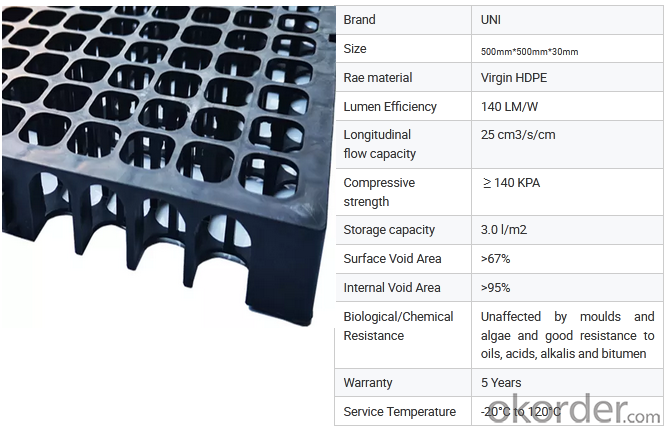
3. Features
1) High Compressive strength
2) Eco-friendly, waterproof polypropylene material
3) Lightweight and easily transportable
4) Thermal regulation
5) Low cost
6) Quick and easy to install
4. Pictures
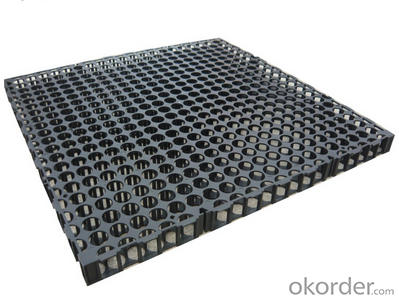
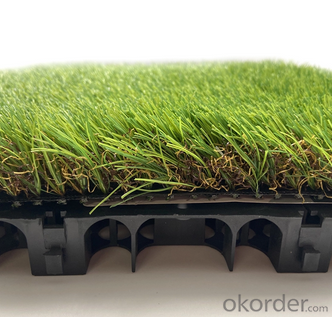
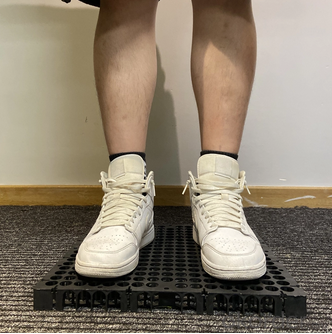
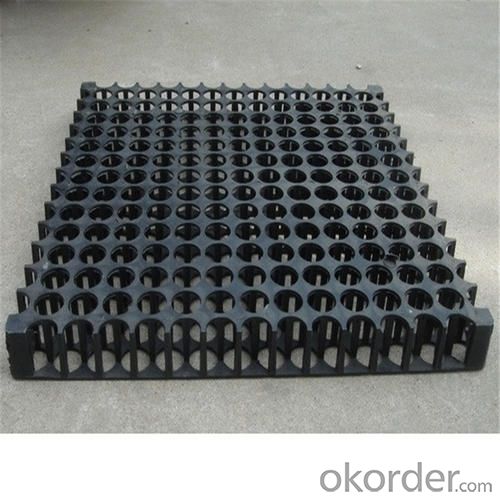
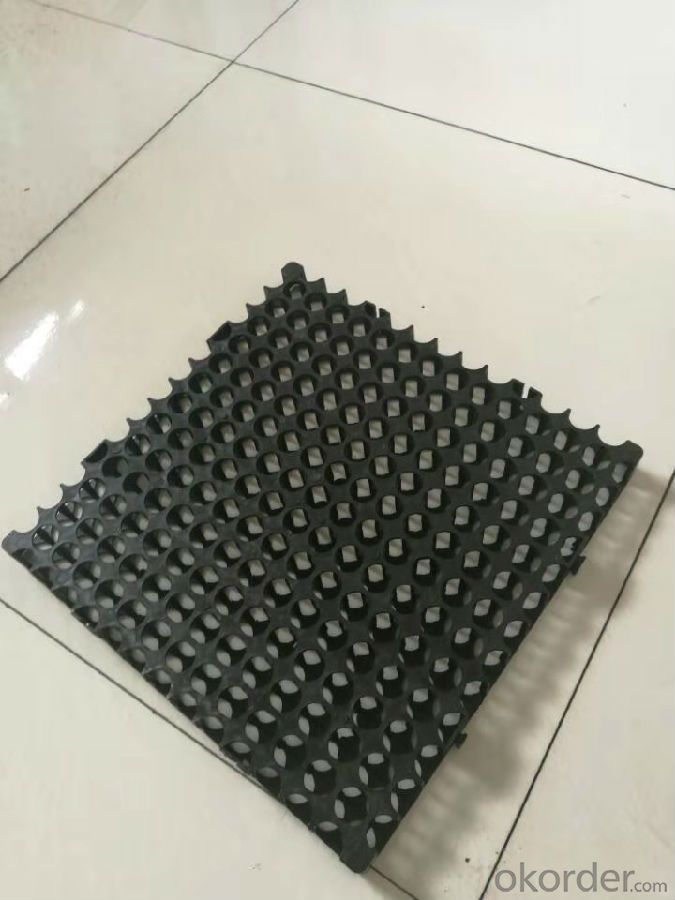
5. Package
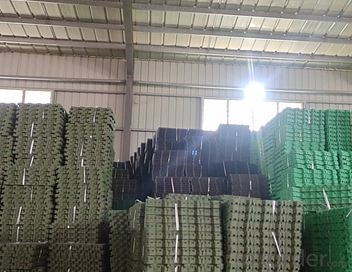
6. Application
1) Roof gardens,
2) podium landscaping,
3) retaining walls,
4) golf course,
5) sports fields,
6) bridge abutments,
7) underground car parks,
7. FAQ
Q1:Are you a factory or trading company?We are a factory.
Q2:How is the quality of your products compared with other supplier?
Our price is reasonable and worty quality.
Q3:Do you have quality warranty ?
Yes,we have quality warranty under normalconditions,pls contact us for details.
Q4:How do you make our business long-team and good relationship?
We keep good quality andcompetitive price to ensure our customers benefit.
- Q:Are earthwork products suitable for use in reservoir construction?
- Yes, earthwork products are commonly used in reservoir construction. These products, such as soil, rocks, and aggregates, are essential for building the embankments and slopes of reservoirs. They provide stability, erosion control, and help to retain water. Additionally, earthwork products can be engineered and compacted to meet the specific requirements of reservoir construction, ensuring their suitability for use in this application.
- Q:The gap between China 's civil engineering building materials and abroad
- I think the attitude of the subject can explain the most fundamental gap - the positioning of their own position and their own development of the positioning of many high-rise building, the world's top 100 high-rise buildings in China nearly half, and many very high degree of public construction. Feel the 1950s norms copy the Soviet Union until now, the basic theoretical framework has not changed, the relative development of disciplines, the relative cutting-edge areas may be the direction of the material, have nothing to do with the professional relationship. Domestic understanding is often even narrow to the same as the building structure of the project, the subject is so understanding, this is not wrong, but our time on the demand for civil resources in this only, does not mean that civil engineering itself.
- Q:How do geogrids aid in reinforcement of bridge abutments in earthwork projects?
- Geogrids aid in the reinforcement of bridge abutments in earthwork projects by providing stability and increased load-bearing capacity. These high-strength geosynthetic materials are placed within the soil layers surrounding the abutments, creating a composite structure that distributes the load more evenly and prevents excessive settlement. This reinforcement helps to resist lateral forces, such as earth pressure, and improves the overall performance and longevity of the bridge abutments.
- Q:How do silt fences prevent sediment runoff?
- Silt fences prevent sediment runoff by acting as barriers that intercept and trap sediment-laden water flow. The fence, made of geotextile fabric, allows water to pass through while retaining the sediment. This helps to filter and separate the sediment from the runoff, preventing it from entering waterways and causing pollution.
- Q:Can earthwork products be used in slope stabilization projects?
- Yes, earthwork products can be used in slope stabilization projects. These products, such as geotextiles, geogrids, and geomats, are designed to reinforce and stabilize slopes by improving soil stability, preventing erosion, and enhancing drainage. They are commonly used in various slope stabilization applications, including embankments, retaining walls, and landslide mitigation projects.
- Q:How do concrete barriers enhance safety on construction sites?
- Concrete barriers enhance safety on construction sites in several ways. Firstly, they serve as a physical barrier between workers and potential hazards, such as moving vehicles or falling debris, providing a protective boundary. Additionally, these barriers help to redirect traffic away from the construction site, preventing unauthorized access and minimizing the risk of accidents. They also act as a visual signal, clearly marking the boundaries of the construction area and alerting both workers and passersby to exercise caution. Overall, concrete barriers play a crucial role in maintaining a safe work environment by reducing the likelihood of accidents and protecting personnel from potential dangers.
- Q:Can geosynthetics be used for reinforcement in dam construction?
- Yes, geosynthetics can be used for reinforcement in dam construction. Geosynthetics, such as geotextiles and geogrids, are often used to enhance the stability and strength of dams by providing additional reinforcement and improving soil behavior. These materials can help control soil erosion, increase load-bearing capacity, and enhance overall performance and safety of the dam structure.
- Q:What are the different applications of geosynthetic clay liners?
- Geosynthetic clay liners (GCLs) are widely used in various applications such as landfill liners, mining and industrial waste containment, canal and pond liners, and erosion control. They provide an impermeable barrier, preventing the migration of contaminants, and offer stability and erosion resistance in geotechnical engineering projects.
- Q:How are geotextile tubes used in sediment control during construction projects?
- Geotextile tubes are commonly used in sediment control during construction projects to contain and filter sediment-laden water. These tubes are filled with sediment and then strategically placed to create barriers or dikes that prevent the sediment from entering nearby water bodies. The geotextile fabric allows water to pass through while retaining the sediment, effectively minimizing erosion and reducing the environmental impact of construction activities.
- Q:How do earthwork products contribute to carbon sequestration?
- Earthwork products, such as biochar and compost, contribute to carbon sequestration by increasing soil organic carbon content. These products have a high carbon content, which when applied to the soil, helps to capture and store carbon dioxide from the atmosphere. Additionally, earthwork products enhance soil fertility and microbial activity, promoting the growth of plants that absorb carbon dioxide through photosynthesis. Overall, the use of earthwork products in agriculture and land management practices can play a crucial role in mitigating climate change by sequestering carbon and reducing greenhouse gas emissions.
1. Manufacturer Overview |
|
|---|---|
| Location | |
| Year Established | |
| Annual Output Value | |
| Main Markets | |
| Company Certifications | |
2. Manufacturer Certificates |
|
|---|---|
| a) Certification Name | |
| Range | |
| Reference | |
| Validity Period | |
3. Manufacturer Capability |
|
|---|---|
| a)Trade Capacity | |
| Nearest Port | |
| Export Percentage | |
| No.of Employees in Trade Department | |
| Language Spoken: | |
| b)Factory Information | |
| Factory Size: | |
| No. of Production Lines | |
| Contract Manufacturing | |
| Product Price Range | |
Send your message to us
Roofing Garden Plastic Drainage Cell Water Filter Board Drainage board
- Loading Port:
- Tianjin
- Payment Terms:
- TT or LC
- Min Order Qty:
- 5000 m²
- Supply Capability:
- 100000 m²/month
OKorder Service Pledge
OKorder Financial Service
Similar products
New products
Hot products
Hot Searches
Related keywords
